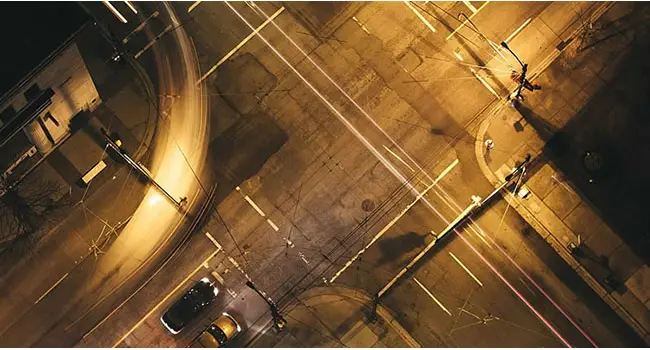Surveillance Drones

Surveillance drones have become increasingly popular in recent years due to their ability to provide real-time aerial surveillance over large areas. These drones are equipped with cameras, sensors, and other technology that allows them to capture high-quality images and videos from the sky, making them a powerful tool for law enforcement agencies, military forces, and private security firms.
The use of surveillance drones has sparked controversy, with some people concerned about the potential for these devices to invade privacy and violate civil liberties. However, others argue that surveillance drones can be an effective way to protect public safety and prevent crime.
One of the main advantages of surveillance drones is their ability to cover large areas quickly and easily. Unlike traditional surveillance methods, which may require teams of officers or agents to cover an area on foot or in vehicles, a drone can cover the same area in a fraction of the time. This makes surveillance drones particularly useful in emergency situations, such as natural disasters or terrorist attacks, where time is of the essence.
In addition to their speed and efficiency, surveillance drones also offer a unique perspective that is difficult to achieve with ground-based cameras or other surveillance tools. By flying at different altitudes and angles, a drone can capture a more comprehensive view of an area, providing law enforcement agencies with valuable insights into potential threats and criminal activity.
Despite these benefits, there are also concerns about the potential for surveillance drones to be used in ways that violate privacy or civil liberties. For example, some people worry that drones could be used to conduct warrantless searches or to monitor individuals without their knowledge or consent.
To address these concerns, many jurisdictions have established guidelines and regulations governing the use of surveillance drones. These regulations typically require law enforcement agencies to obtain a warrant or other legal authorization before using a drone for surveillance purposes, and may also place restrictions on the types of images or data that can be collected.
Ultimately, the use of surveillance drones raises important questions about the balance between public safety and individual privacy. While these devices have the potential to provide valuable information to law enforcement agencies and other organizations, it is important to ensure that their use is carefully regulated and that appropriate safeguards are in place to protect the rights and privacy of citizens.
Image by Ferdinand Stöhr fellowferdi [CC0]
Next up: Inspection Drones

